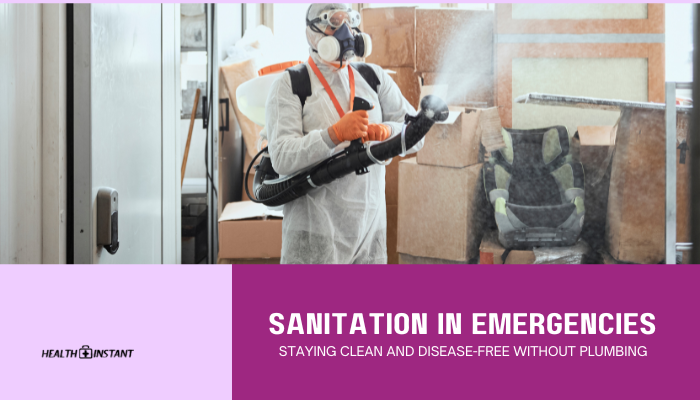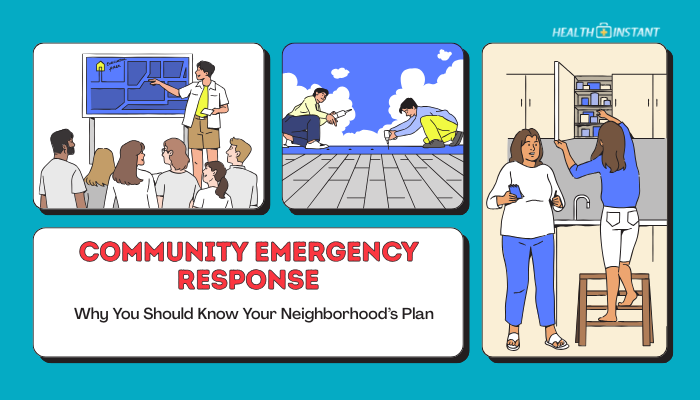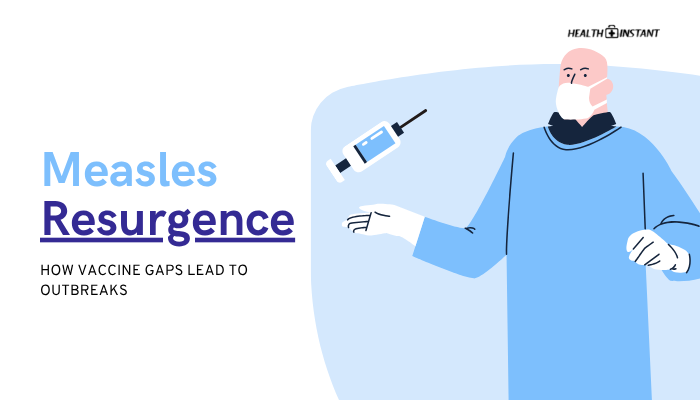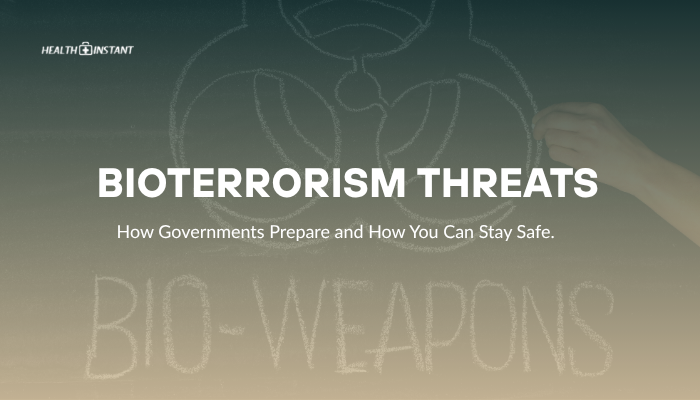Introduction
When disasters disrupt normal services, such as electricity or water infrastructure, everyday tasks like using the bathroom or washing your hands can become major challenges. Lack of proper sanitation can spawn disease outbreaks and escalate health risks.
This guide explains how to adapt hygiene routines, manage waste safely, and purify water to stay healthy and reduce contamination when plumbing isn’t available or is unreliable.
Why Sanitation Matters in Disasters
- Prevention of Disease Spread
- Contaminated water and uncontained waste encourage bacteria, parasites, and viruses.
- Contaminated water and uncontained waste encourage bacteria, parasites, and viruses.
- Personal Comfort and Dignity
- Even minimal bathing and clean clothing can maintain morale under stressful conditions.
- Even minimal bathing and clean clothing can maintain morale under stressful conditions.
- Community Health
- Proper disposal of waste and disinfected surfaces help neighbors as well as your household.
Hand Hygiene Alternatives
Using Limited Water Wisely
- Handwashing Stations
- Improvise one by filling a gallon jug or bucket with a spigot or small hole.
- Use a basin or container to catch runoff, if you plan to reuse water for other tasks (if not contaminated).
- Improvise one by filling a gallon jug or bucket with a spigot or small hole.
- Minimal Water Method
- Pour water over hands slowly while lathering with biodegradable soap.
Hand Sanitizers and Disinfectant Wipes
- High Alcohol Content
- Aim for sanitizers with at least 60% alcohol.
- Aim for sanitizers with at least 60% alcohol.
- Pre-wipes
- For visible dirt, remove debris first if possible.
- For visible dirt, remove debris first if possible.
- Limitations
- Sanitizers and wipes might not remove heavy contamination like chemicals or oils effectively.
- Sanitizers and wipes might not remove heavy contamination like chemicals or oils effectively.
Safe Waste Disposal
Temporary Toilets
- Improvised Bucket Toilet
- Line a sturdy bucket with heavy plastic bag. Add some absorbent material (e.g., cat litter) to minimize odor.
- Tie off used bags securely, store in a covered bin until disposal instructions are known.
- Line a sturdy bucket with heavy plastic bag. Add some absorbent material (e.g., cat litter) to minimize odor.
- Trench Latrine (for outdoors)
- Dig a shallow pit at least 200 feet from water sources, line it if possible.
- Cover waste with soil after each use to minimize smells and insect contact.
- Dig a shallow pit at least 200 feet from water sources, line it if possible.
Managing Human Waste
- Keep It Separate
- Avoid mixing with regular trash if possible.
- Once services resume, follow local guidelines for disposal.
- Avoid mixing with regular trash if possible.
Graywater vs. Blackwater
- Graywater: From dishwashing, laundry—less contaminated, can sometimes be reused for certain tasks like flushing or irrigation (if safe).
- Blackwater: Contains human waste; handle with caution to prevent disease spread.
Household Cleaning When Plumbing Is Out
Minimizing Contamination
- Contain Spills
- If no drain is available, use disposable rags or towels for minor spills, then dispose of them in sealed bags.
- If no drain is available, use disposable rags or towels for minor spills, then dispose of them in sealed bags.
- Separate Eating and Washing Areas
- Avoid cross-contamination by designating a “kitchen corner” away from latrine areas.
Disinfection Solutions
- Bleach Water
- Mix 1 tablespoon (15 ml) of unscented liquid bleach per gallon (3.8 L) of water for surfaces.
- Mix 1 tablespoon (15 ml) of unscented liquid bleach per gallon (3.8 L) of water for surfaces.
- 70%+ Alcohol Solutions
- Effective for small items or surfaces you can wipe.
Maintaining Personal Hygiene
Sponge Baths or Cloth Wipes
- Use Minimal Water
- A damp cloth with mild soap can help clean face, underarms, and groin area daily.
- A damp cloth with mild soap can help clean face, underarms, and groin area daily.
- Disposable Wipes
- Great for quick freshening; verify biodegradable vs. standard disposal methods.
Hair and Oral Care
- Dry Shampoo or Minimal Rinse
- If hair washing is essential, keep waste water away from clean areas.
- If hair washing is essential, keep waste water away from clean areas.
- Toothbrushing
- Boil or disinfect water if contamination risk is high. Minimal water is enough to rinse.
Water Purification for Cleaning and Drinking
- Boiling
- Rolling boil for at least 1 minute kills pathogens.
- Rolling boil for at least 1 minute kills pathogens.
- Chemical Disinfectants
- Bleach (8 drops/gallon), water purification tablets, or iodine for drinking water.
- Bleach (8 drops/gallon), water purification tablets, or iodine for drinking water.
- Filters
- Pump or gravity-based if you have access to an advanced filtration device.
Handling Trash and Food Scraps
- Reduce Spoilage
- Eat perishable items first. Keep sealed containers for organic waste.
- Eat perishable items first. Keep sealed containers for organic waste.
- Separate Non-Food Items
- Minimizes odor and insect attraction.
- Minimizes odor and insect attraction.
- Longer-Term Solutions
- If the outage or disaster persists, coordinate with local authorities on waste collection or burn only if it’s safe and permitted.
Conclusion
Sustaining good hygiene in the absence of plumbing is both feasible and essential to avert illness. Whether you’re constructing an improvised toilet setup, rationing small amounts of water for handwashing, or meticulously purifying water for cleaning or drinking, each step safeguards you and your household.
By approaching sanitation with creativity, consistent habits, and attention to official guidelines, you can remain healthy even in prolonged disasters. Once utilities restore, follow local instructions for final disposal and thorough cleaning.
References
- Centers for Disease Control and Prevention (CDC). (2019). Hygiene and sanitation in emergencies.
- World Health Organization (WHO). (2020). Water, sanitation & hygiene (WASH) guidelines.
- American Red Cross. (2018). Emergency sanitation tips for households.
- Federal Emergency Management Agency (FEMA). (2021). Disaster sanitation best practices.
Disclaimer: This article provides general guidelines and does not replace local health advisories or building codes. Always follow official instructions when dealing with waste disposal and water purification in disasters.




